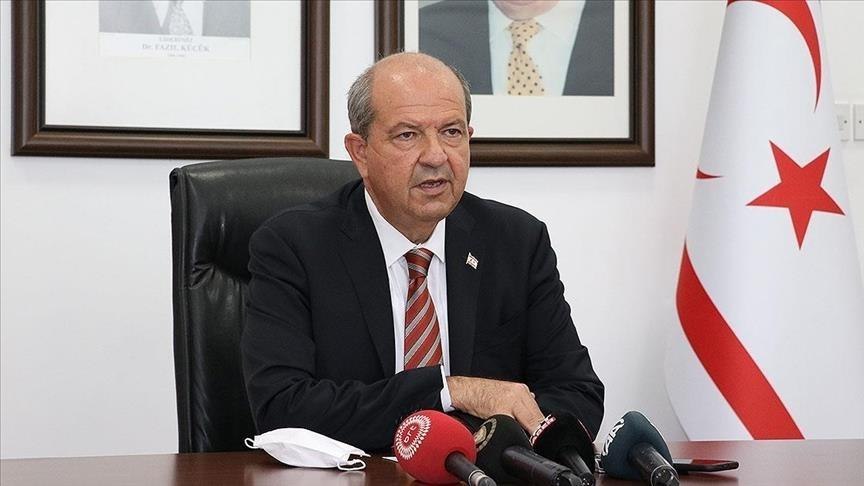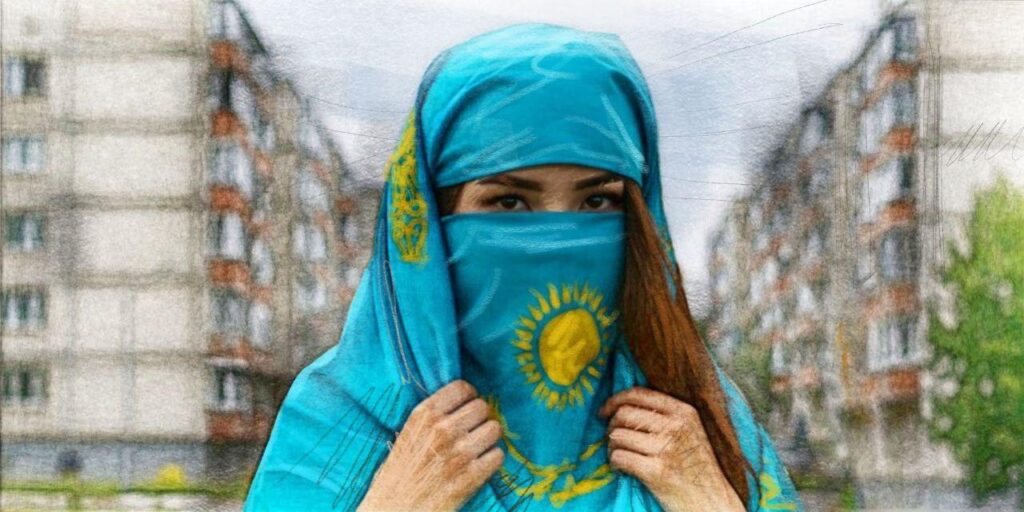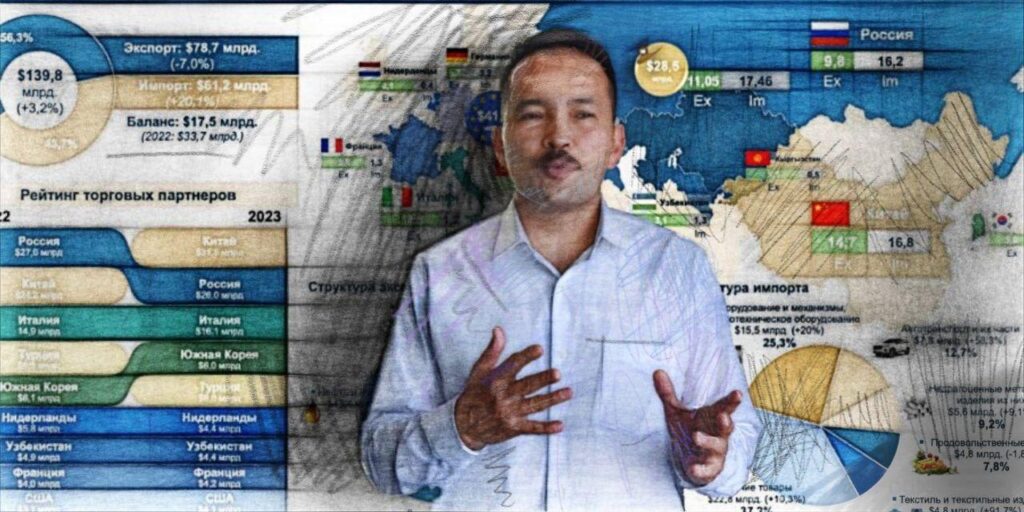After Securing Ukraine Agreement, U.S. Eyes Central Asia for Rare Earths
After months of negotiations, the United States and Ukraine have finally signed an agreement to co-finance the development of Ukraine’s mineral resources, hydrocarbons, and infrastructure. According to The National Interest, the U.S. will not assume ownership of Ukraine’s assets; instead, profits will be directed into a joint investment fund, with full reinvestment in Ukraine. Ukraine’s First Deputy Prime Minister Yulia Svyrydenko described the deal as a mutually beneficial partnership. U.S. Treasury Secretary Scott Bessent hailed it as a “historic economic partnership,” underscoring America’s enduring commitment to a “free and prosperous Ukraine.” Since his return to office in January, President Donald Trump has prioritized securing access to rare earth minerals. This move is part of a broader U.S. strategy to reduce reliance on China, which currently dominates the sector with control over approximately two-thirds of global production. By contrast, the United States accounts for only about 12%. While Ukraine possesses 22 of the 50 minerals identified as critical by the U.S. government, it holds just around 5% of global reserves. As a result, Washington is looking beyond Ukraine and Central Asia has emerged as a strategic alternative. Reports from the Caspian Policy Center and the International Tax and Investment Center highlight the region’s significant rare earth potential. The countries of Central Asia have already taken steps toward deeper cooperation. In 2024, the United States and Uzbekistan signed a Memorandum of Understanding to enhance collaboration on critical minerals. However, competition for access remains stiff. China maintains robust trade links across the region, and Russia continues to wield considerable economic influence. Nonetheless, regional dynamics are shifting. In recent years, Central Asian states have increasingly sought to diversify their partnerships, reducing dependence on Moscow and Beijing. They have moved to deepen ties with the United States, the United Kingdom, and the European Union. In September 2023, then-President Joe Biden met with Central Asian leaders to discuss regional cooperation, including rare earth supply chains. This was followed by the June 2024 meeting of the U.S.-Central Asia Trade and Investment Framework Council, where both parties emphasized the need for increased trade and integration. Like Ukraine, Central Asian nations stand to gain from U.S. investment, particularly in energy infrastructure and broader economic development. If implemented effectively, rare earth revenues could be retained within the region, supporting long-term local growth. For the United States, enhanced access to Central Asian resources represents a step toward greater energy security and reduced strategic vulnerability. While China and Russia maintain structural advantages, Washington now has a meaningful opportunity to deepen its presence in Central Asia and forge enduring partnerships.






